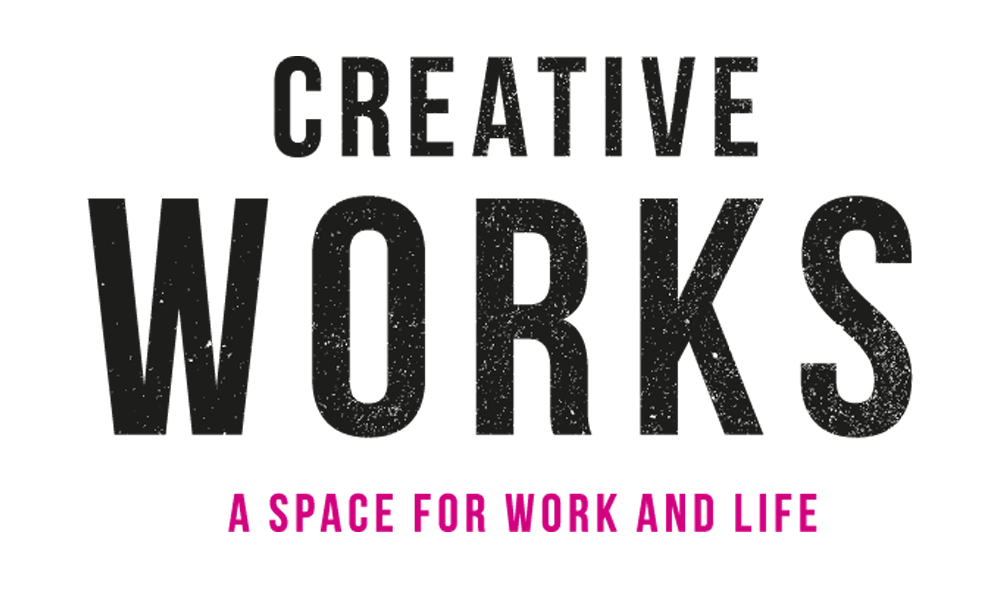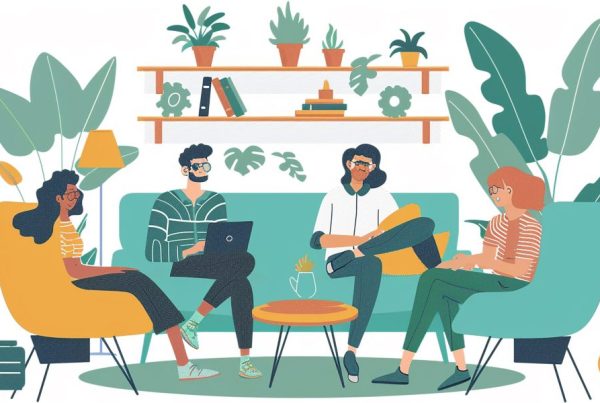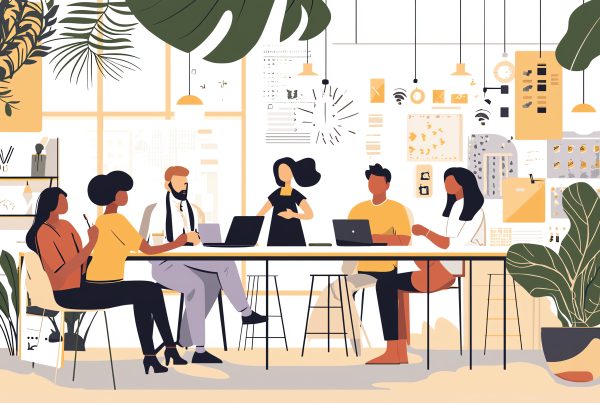In today’s coworking spaces, it’s not uncommon to find a Gen Z filmmaker mapping out a storyboard while a Gen X brand strategist offers feedback. In another corner of the space, a Baby Boomer visual artist may be fine-tuning their online shop with input from a Millennial copywriter.
These scenes reflect a growing trend: coworking spaces have evolved beyond start-ups and single-age demographics. Once seen as hubs for Millennials in tech or creative industries, they have become some of the most age-diverse workplaces available.
Today, coworking attracts a wide spectrum of professionals—early-career creatives, mid-life professionals, post-retirement entrepreneurs, and seasoned freelancers. These spaces are designed to support connection, learning, and collaboration across generations.
Built-In Opportunities for Cross-Generational Collaboration
Unlike traditional offices where teams are often divided by rank or department, coworking spaces bring people of different ages and career stages into shared environments where paths naturally intersect. You might find yourself working next to someone who built a career before email, or someone who has never worked without Slack.
These encounters enable cross-generational collaboration. Younger professionals may bring digital tools and contemporary cultural awareness; older peers offer strategic thinking and industry insight. At Creative Works, we have seen how this dynamic fosters professional growth, not through structured programs, but through everyday exchange.
Bridging Generational Gaps
Popular narratives often frame generational differences as sources of conflict in the workplace, with Gen Z portrayed as too demanding, Boomers as resistant to change, Millennials as overburdened, and Gen X as detached. While work styles do differ, the deeper issue often lies in limited opportunities for intergenerational connection.
Coworking offers an alternative: shared space that encourages informal, peer-level collaboration. A younger freelancer might help an older professional with emerging platforms such as Instagram Reels, while gaining pricing or client management advice in return. These are not formal learning moments; they are part of the day-to-day interactions.
In this context, coworking environments can help dissolve generational stereotypes and create more adaptive, collaborative communities.

Traditional workplaces often rely on job titles and structures to determine how knowledge flows. In coworking spaces, those barriers do not exist. Independent professionals, remote teams, creatives, and entrepreneurs operate side by side, on equal footing.
This decentralization enables knowledge to move freely, guided by relevance rather than rank or status. A newer member may offer insight on digital tools or shifting consumer behavior. A more experienced peer may share negotiation strategies or long-term business planning advice.
At Creative Works, we call this ‘community as infrastructure.’ The social fabric of the space (the relationships, norms, and informal support) acts as the foundation for collaboration. Here’s how it can happen in coworking:
- Knowledge is exchanged through everyday conversations and peer support, not formal training.
- Problem-solving often starts by asking the person next to you.
- Mentorship is reciprocal, not top-down.
- Collaboration is the by-product of shared curiosity and common ground.
In this environment, each person’s skills, insight, or lived experience holds value.
Designing for Intergenerational Inclusion
For multigenerational collaboration to thrive, spaces must be intentionally inclusive (both physically and culturally). A truly accessible coworking environment supports a wide range of needs, preferences, and life stages.
That might include:
- Quiet zones for focused, distraction-free work.
- Ergonomic seating and adjustable desks for physical comfort.
- Flexible events with varied start times, hybrid options, and tech platforms that do not assume digital expertise.
At Creative Works, we design with this diversity in mind. Whether someone is in their twenties and launching a first freelance project or changing careers in their fifties, the space should feel welcoming and supportive.
Multigenerational workspaces are not just about who’s present—they’re about how well the environment functions for everyone. Accessibility involves more than just physical space. It also requires psychological safety, cultural inclusion, and shared ownership.
When everyone is given equal opportunity to participate, the result is not just a more diverse workplace—but a more connected and resilient one.
Final Thought
Coworking does not just accommodate cross-generational collaboration—it makes it the norm. By removing traditional hierarchies and age-based assumptions, it enables professionals of all backgrounds to learn, lead, and create side by side.
At Creative Works, we believe good things happen when people share a table, regardless of the year they were born.




